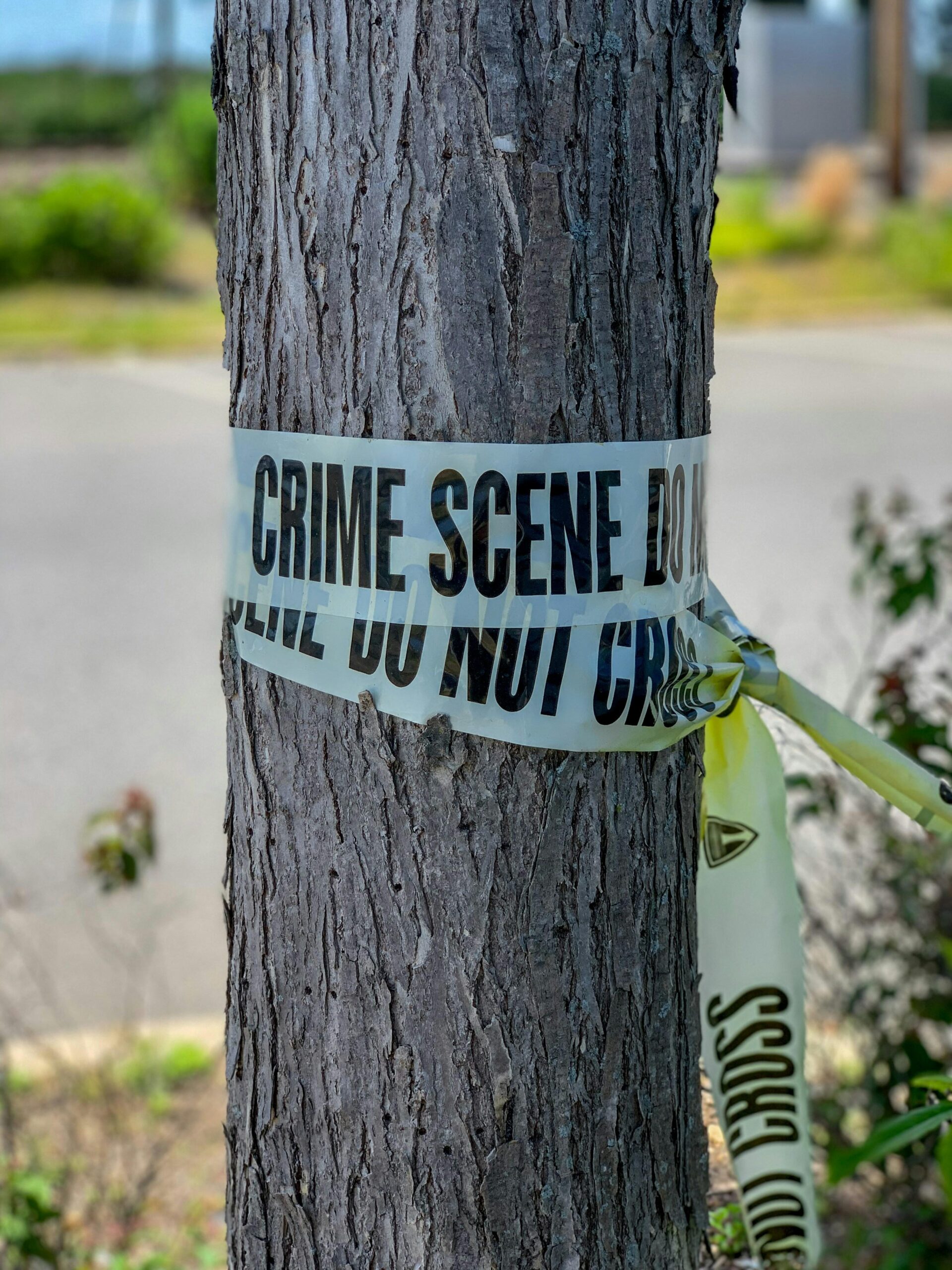When we think of nonprofits, we often picture organizations driven by passion, goodwill, and a genuine desire to make the world a better place. But beneath the surface of these noble missions, there can sometimes be darker stories unfolding — stories of trust betrayed and funds misused. Embezzlement in nonprofits might sound like an oxymoron, but it’s a reality that has affected even some of the most respected organizations. So how exactly does embezzlement happen in spaces meant to do good? Join me as we dig deeper into the surprising ways that money is siphoned off behind the scenes, and uncover what can be done to protect these vital institutions from financial harm.
Table of Contents
- Unveiling the Quiet Crisis How Embezzlement Breeds Within Nonprofits
- Spotting the Red Flags Common Warning Signs You Should Never Ignore
- The Human Element Understanding What Drives Good People to Steal
- Building Bulletproof Systems Practical Steps to Protect Your Organization
- The Way Forward
Unveiling the Quiet Crisis How Embezzlement Breeds Within Nonprofits
Behind the benevolent veneer of nonprofit organizations lies an often-overlooked vulnerability: the subtle, creeping onset of embezzlement. Unlike high-profile corporate fraud, these acts frequently originate in small, unmonitored gaps—areas where trust is presumed and oversight lapses. Commonly, embezzlement flourishes in environments where internal controls are either too loose or inconsistently applied, allowing individuals unfettered access to funds. Often, people in positions of authority juggle multiple roles, and this concentration of power breeds fertile ground for financial misconduct, cloaked by an aura of goodwill and presumed integrity.
Several factors conspire to incubate this quiet crisis, including:
- Inadequate financial transparency—limited reporting or insufficient audits cloud the true fiscal health of the organization.
- Lack of segregation of duties—when one individual controls both approval and disbursement of funds, opportunities for misappropriation multiply.
- Overreliance on trust-based relationships—while goodwill is vital, it can become a blind spot, especially when red flags are rationalized away.
These conditions, combined with minimal accountability pressures and sometimes well-intentioned ignorance, create a perfect storm where embezzlement quietly takes root and grows, eroding the very mission the nonprofit vows to uphold.
Spotting the Red Flags Common Warning Signs You Should Never Ignore
Behind many nonprofit scandals lies a pattern of overlooked warning signs that, when pieced together, reveal the early stages of embezzlement. One of the clearest indicators is unexplained financial discrepancies—small amounts of money missing here and there that, over time, add up to significant losses. These are often coupled with a reluctance to undergo routine audits or a consistent delay in financial reporting. Equally unsettling are vague answers to basic financial questions, which might signal someone is trying to conceal their tracks.
Other subtle clues might come from less obvious aspects of nonprofit management, such as:
- Frequent changes in accounting personnel or leadership without clear reasons
- Unauthorized access to financial systems or locked files
- Unusual or lavish expenses not aligned with the organization’s mission
- Reluctance to involve third-party oversight in major financial decisions
Recognizing these signs early can be critical. They are like quiet alarms signaling that trust is being exploited. Organizations that stay vigilant and promote transparent financial practices stand a much better chance at preventing embezzlement before it spirals into a full-blown crisis.
The Human Element Understanding What Drives Good People to Steal
At first glance, it’s almost impossible to reconcile the idea that individuals known for their generosity and ethical standing could become entangled in acts of betrayal. Yet, beneath the surface, a complex mix of personal vulnerabilities and situational pressures can transform even the most well-intentioned people. Often, these individuals don’t see themselves as criminals but as victims of circumstance—rationalizing their actions as temporary solutions to financial strain or emotional stress. The gradual erosion of strict boundaries, paired with a pervasive culture of trust and lack of oversight, creates fertile ground where small compromises snowball into significant breaches of integrity.
Understanding these drivers requires recognizing several key psychological and social factors at play:
- Desperation or Personal Crisis: External hardships, like medical bills or family emergencies, can push good people to drastic measures.
- Perceived Entitlement: A belief that time or effort spent in the organization justifies “borrowing” funds temporarily.
- Opportunity and Rationalization: Easy access without strict checks often leads to justifying small misdeeds as harmless or reversible.
- Pressure to Maintain Appearances: Fear of judgment or shame can motivate concealment of financial difficulties through dishonest means.
These elements, intertwined with the emotional commitment to the nonprofit’s mission, create a paradox where loyalty morphs into deceit, making embezzlement not just a crime of greed, but a complex human story of vulnerability and moral conflict.
Building Bulletproof Systems Practical Steps to Protect Your Organization
To safeguard your organization from financial misconduct, it’s essential to implement layers of protection rather than relying on a single defense mechanism. Start with segregating duties so no one individual controls all aspects of a financial transaction—from authorization to reconciliation. Coupling this with regular, surprise audits and transparent reporting creates an environment where misdeeds are harder to conceal. Don’t underestimate the power of digital tools: adopting automated accounting software with built-in fraud detection can serve as an early warning system before smaller issues spiral out of control.
Equally important is nurturing a culture of accountability and openness. Encourage employees to speak up without fear by establishing clear whistleblower policies and ensuring confidential channels for reporting suspicious activities. Training sessions on ethical practices paired with real-life examples can heighten awareness and vigilance across all levels. Remember, bulletproof systems grow not only from policies and controls but from people who understand their role in protecting the integrity of the nonprofit mission.
- Implement dual authorization on payments and expenses
- Schedule regular internal and external financial reviews
- Use secure, role-based access for financial records
- Promote ethical conduct through ongoing staff education
- Encourage anonymous reporting and protect whistleblowers
The Way Forward
As we’ve seen, the world of nonprofit embezzlement is a complex web of trust, opportunity, and sometimes unfortunate oversight. Peeling back the layers reveals not just the how, but also the why—reminding us that even organizations built on goodwill aren’t immune to risk. By staying curious and informed, donors, volunteers, and leaders alike can help safeguard the mission and ensure that every dollar truly makes the difference it’s meant to. After all, understanding the inner workings of these scandals is the first step toward preventing them—and keeping the heart of the nonprofit community strong.












